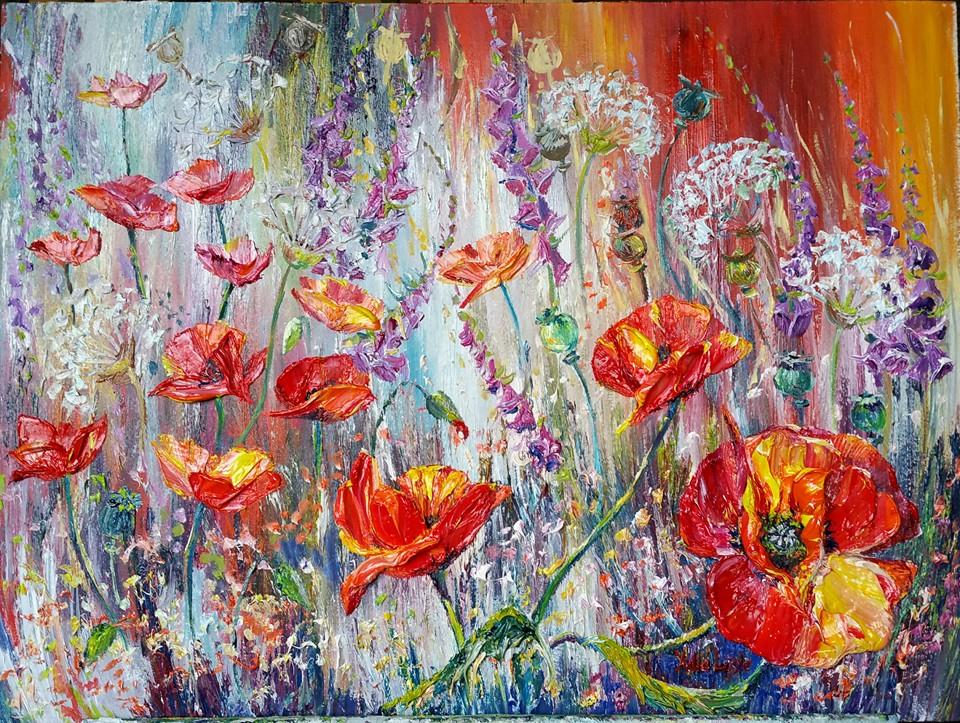Visitors will get the chance to experience an ‘abandoned’ Tube station underworld and discover what secrets lurk beneath our busy streets at a new Hidden London exhibition opening at London Transport Museum on Friday 11 October 2019.
Hidden London – The Exhibition will take people on an immersive journey of some of London’s most secret spaces belonging to the oldest subterranean railway in the world. These ‘forgotten’ parts of the Tube network have incredible stories to tell about Britain’s wartime past such as the Plessey aircraft underground factory which had 2,000 members of staff, mostly women, working in the two 2.5 mile-long tunnels on the eastern section of the Central line during the Second World War.
Inquisitive adults and children will be able to discover how Winston Churchilll took refuge in the Railway Executive Committee’s bomb-proof headquarters deep underground at Down Street station in Mayfair. London Transport Museum has recreated the dining-room used by Britain’s great wartime leader with replica tables, chairs, wine bottles, menu cards and ashtrays like those Churchill would have used.
Despite rationing, Churchill was served the best caviar, champagne, brandy and cigars; courtesy of the railway hotels. At 22 metres below ground, Down Street was safe from air raids and protected from gas attacks. There were lavatories, washrooms, a typing pool and dormitories for around forty staff. Visitors can try their hand at being a wartime Telephone Exchange Operator as they race against the clock to connect incoming callers to the appropriate government departments.
Visitors will be transported to a bygone era as they enter Aldwych station’s recreated historic ticket office with an original ticket booth from the station dating from the 1930s, famous Leslie Green tiles from the station, as well as a newspaper stand advertisement announcing the station’s closure on 30 September 1994.
Some objects will be on public display for the first time such as a 1939 architectural drawing of Down Street station before it was converted into a secret bunker. It is the first time such a large number of archive photographs, objects, artworks, diagrams and heritage posters relating to disused stations have been displayed together.
The exhibition uncovers why these ‘lost’ quirks of the Underground network exist; changes in population, new and expanding Underground lines resulted in lower passenger numbers at certain stations such as Aldwych, economic priorities and political pressures have all led to spaces being abandoned. But they rarely stay that way. While some sections of the Tube system lie ‘forgotten’, many have been repurposed for new activities and are used as film sets, Hidden London tours and even for growing salad leaves.
King William Street, a station on the first deep-level electric Tube railway which opened in 1890, became redundant in 1900 when the platforms were found to be pointing the wrong way for a proposed new development. This was the result of the City and South London Railway deciding to extend further north of London Bridge. A new northward tunnel was built in 1900, bypassing King William Street which was then left abandoned. Today, this disused station is not open to the public. Images of King William Street station are very rare; the few that exist will be on display, including a drawing of the interior of some of the station in 1890 and a diagram showing how unfinished stations were converted to air raid shelters.
During both the First and Second World Wars, Tube stations provided natural shelter from dropping bombs. For whole nights, these dark, grimy and humid environments accommodated civilians. At the start of the Second World War sheltering was initially banned on the Underground network, but as the capital came under near-continuous aerial attack, Londoners flocked to Tube stations and this policy was changed. Original shelter tickets, advertising posters warning of the dangers of air raids, as well as a graph from 1941 showing how infectious diseases could spread demonstrate to today’s visitors the harsh realities of life underground during this period of siege.
I Thank You, film poster, 1941
London Underground has served as a location for movie makers since the 1920s and is still used for filming today. Although most of Charing Cross Tube station is still used by thousands of passengers on a daily basis, various scenes in the Skyfall (2012) blockbuster were filmed in the disused sections of Charing Cross Underground station.
Film fans will love the section of the exhibition featuring vintage film posters through the ages from an unused poster artwork for the 1972 film Death Line to the film poster for V for Vendetta (2005), a dystopian drama in which the hero V is holed up at a decaying Aldwych station.
At the Museum’s exhibition launch Friday Late event on 11 October, guests can be the first to visit Hidden London – The Exhibition, meet the people behind the Hidden London tour programme and gain unique behind-the-scenes insights from experienced tour guides and researchers, all in a relaxed and fun-filled Friday night atmosphere. As well as enjoying gallery tours, expert talks, object handling and a Museum scavenger hunt, visitors can test their knowledge of London at the quiz, join in with creative crafts, and mingle among the Museum’s collection after hours with music and cocktails from the pop-up bar.
Kids go free and adult tickets allow unlimited entry to London Transport Museum’s galleries and temporary exhibitions for a whole year. Adult online tickets start at £16.50 online.
Hidden London – The Exhibition closes in January 2021.
Visitors wishing to continue their Hidden London experience can also join exclusive tours of disused stations such as Aldwych, Charing Cross, Clapham South, Down Street, Euston, 55 Broadway and Highgate.
A limited number of tickets are currently available for a special Charing Cross tour with a delicious Afternoon Tea at the Amba Hotel above the station. From 17 July to 4 August, Wednesday to Sunday. Visitwww.ltmuseum.co.uk/hidden-london





